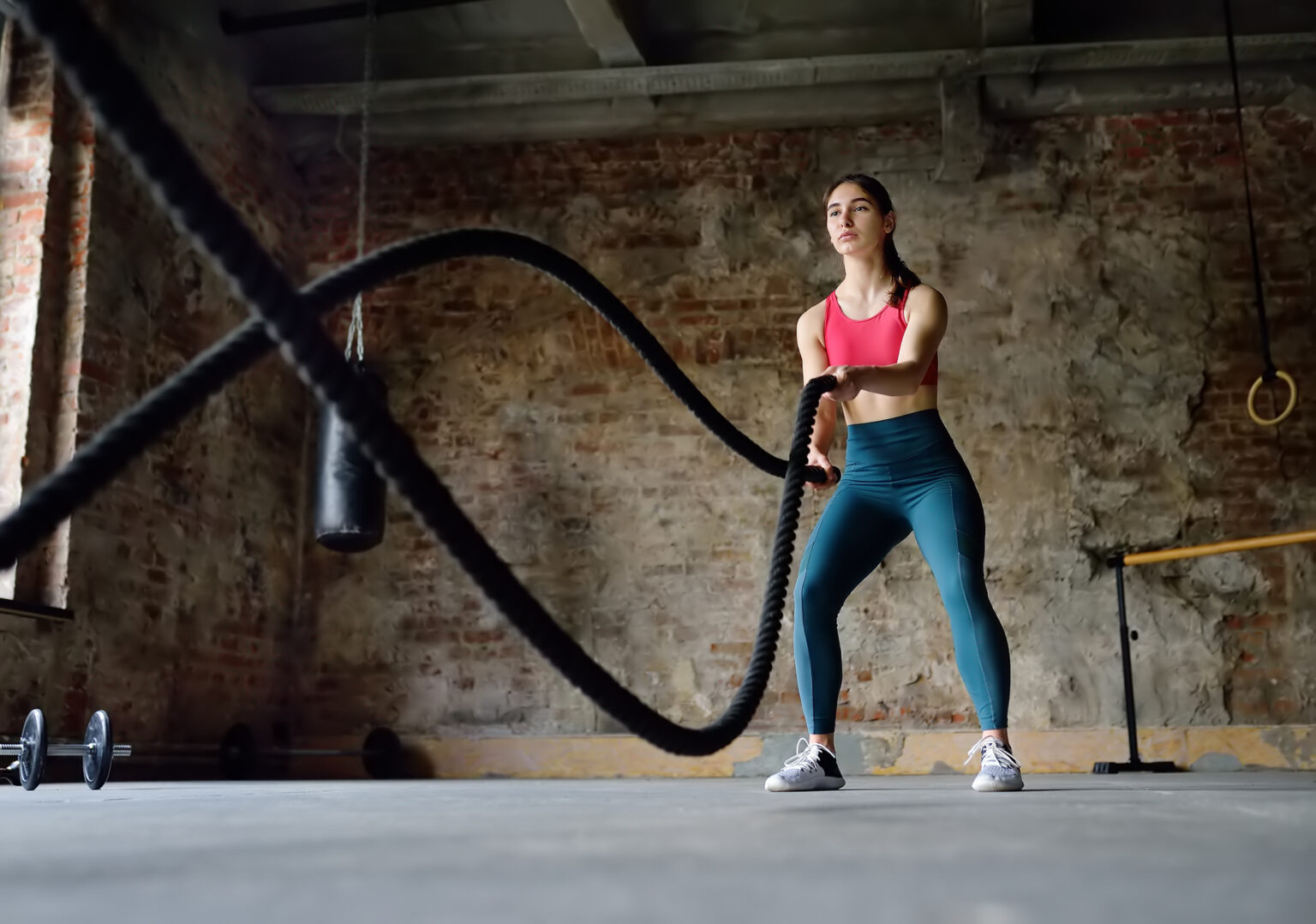The pounding of your heart, the rush of adrenaline, the exhilarating feeling of wind against your face – there’s nothing quite like a good cardio workout. But with a myriad of options available, from high-intensity interval training to serene yoga flows, how does one navigate the vast ocean of cardiovascular exercises? If you’ve ever felt overwhelmed by the treadmill of choices or simply wondered if you’re getting the most out of your routine, you’re not alone.
Cardiovascular exercise, often simply termed ‘cardio’, is any exercise that raises your heart rate and keeps it elevated for a period of time. Its primary goal is to improve the efficiency of your cardiovascular system, but the benefits extend far beyond. Regular cardio can aid in weight loss, boost mood, and even improve sleep.
Before diving into a routine, it’s crucial to understand what you want to achieve. Are you aiming for weight loss, building stamina, or perhaps training for a marathon? Your goals will dictate the type of cardio that’s best suited for you.
- Weight Loss – High-Intensity Interval Training (HIIT) can be a game-changer. These short, intense bursts of activity followed by rest or low-intensity periods can burn calories at a rapid rate.
- Stamina – Steady-state cardio, like long-distance running or cycling, can help build endurance over time.
- Specific Training – If you’re training for an event, tailor your cardio to mimic the demands of that event.
It’s essential to be honest about your current fitness level. Beginners might find jumping into a high-intensity routine daunting and risk injury. On the other hand, seasoned athletes might find low-intensity workouts insufficiently challenging.
Doing the same routine can lead to plateaus in progress and wane your enthusiasm. It’s beneficial to mix things up. Try combining different forms of cardio, like running, swimming, and dance. This not only keeps things interesting but also ensures a full-body workout.
While it’s good to push yourself, it’s equally important to listen to your body’s signals. If you feel pain (not to be confused with the usual discomfort of a workout), it’s a sign to slow down or switch routines. Overtraining can lead to injuries and hinder progress.
While cardio is fantastic, it’s only one side of the fitness coin. Strength training complements cardio by building muscle, which in turn can boost your metabolic rate. This means you’ll burn more calories even at rest.
While equipment like treadmills, ellipticals, and stationary bikes can be beneficial, they aren’t essential. Many effective cardio workouts, like jump rope or plyometric exercises, require minimal to no equipment. Some thrive in the energy of group classes, finding motivation in the collective spirit. Others prefer the solitude and flexibility of solo workouts. Experiment with both to see which resonates with you.
Consistency is key. Aim for at least 150 minutes of moderate-intensity or 75 minutes of high-intensity cardio each week, as recommended by health experts. However, remember that any amount of activity is better than none. Use fitness trackers or apps to monitor your heart rate, distance, and calories burned. Seeing tangible progress can be a significant motivator.
Finding the right cardio routine is a journey, not a destination. As you evolve, so will your needs and preferences. The perfect routine today might need tweaking tomorrow. The key is to stay curious, open, and committed. Remember, it’s not about how fast you run or how high you jump; it’s about showing up for yourself, day after day. So, lace up those sneakers, dive into that pool, or hit that dance floor. Your heart isn’t just the muscle that keeps you alive; it’s the one that makes you feel alive. Find the rhythm that makes it sing, and you’ll have discovered more than just a cardio routine; you’ll have found your heartbeat’s joy.









